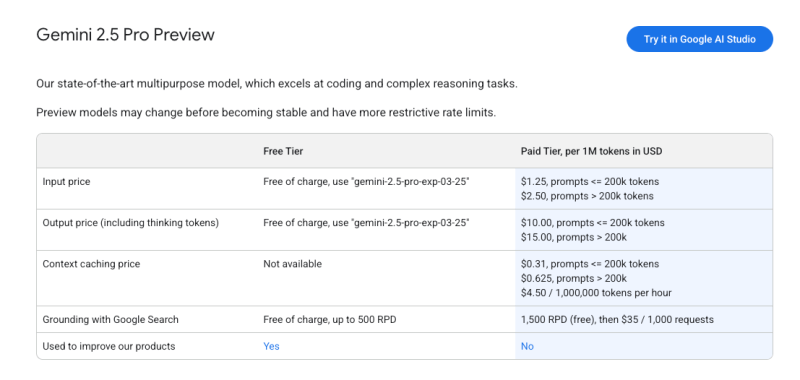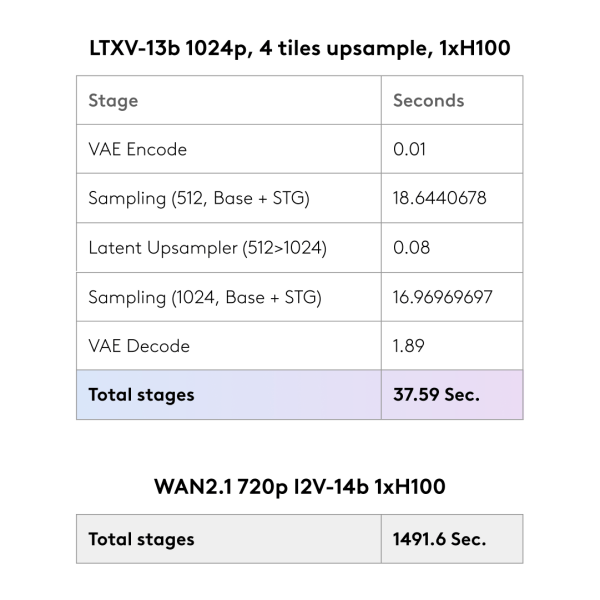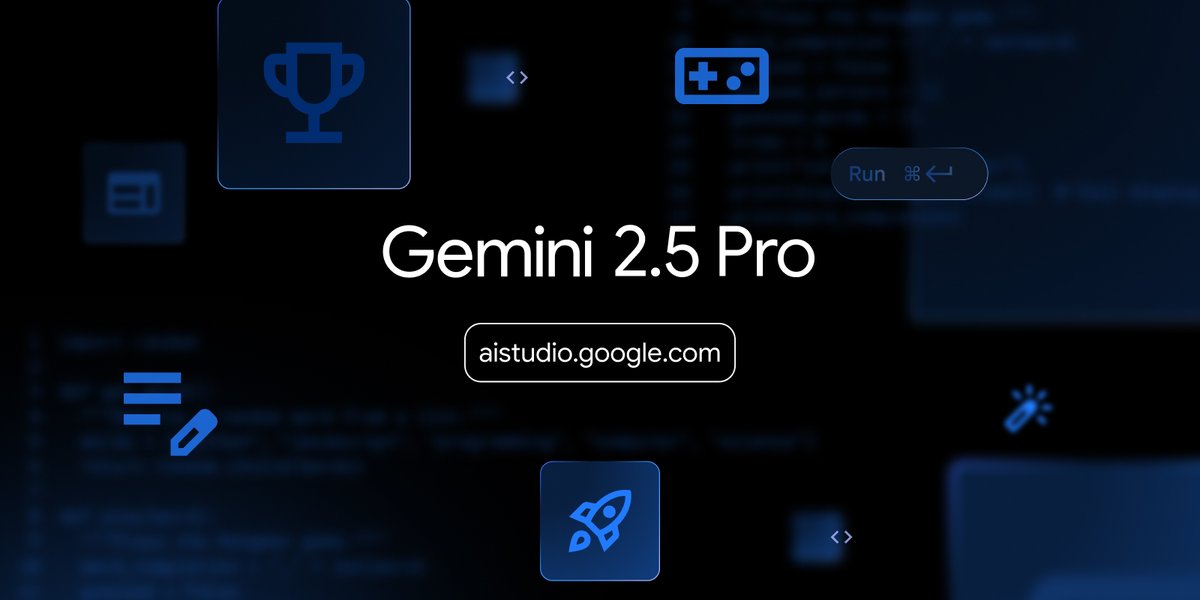
Golar LNG Ltd. and its partners in the Southern Energy project have reached a positive FID (final investment decision) and fulfilled the conditions precedent for the 20-year redeployment of FLNG Hilli, the first of two vessels for the Argentine natural gas export project.
The floating liquefied natural gas (LNG) facility, fully acquired by Golar last year, will be chartered to the project consortium, Southern Energy SA (SESA), under a contract that is expected to start up 2027. Hilli began operation 2018 and has been deployed in Cameroon for Perenco SA under a contract that expires July 2026.
Concurrently the Southern Energy partners penned definitive agreements for the 20-year charter of MKII FLNG, which is being converted in China. They expect to make an FID this year and deploy the unit in 2028.
Under agreements that Golar signed last year with Pan American Energy SL (PAE), the Bermuda-registered developer of maritime LNG infrastructure has obtained a 10 percent stake in the consortium. Local producer PAE owns 30 percent, Argentina’s state-backed YPF SA 25 percent, Argentine player Pampa Energia SA 20 percent and London-based Harbour Energy PLC 15 percent.
“The project has received the full support of the National and Provincial Governments in Argentina that granted all necessary approvals including the first ever unrestricted 30-year LNG export authorization in Argentina; qualification for the Incentive Regime for Large Investments; and provincial approval by the province of Río Negro for the offshore and onshore Environmental Impact Assessments for FLNG Hilli”, the companies said in an online statement.
“The FLNGs will be located in close proximity of each other, offshore in the Gulf of San Matias Gulf in the province of Rio Negro, Argentina. The vessels will monetize gas from the Vaca Muerta formation, the world’s second largest shale gas resource, located onshore in the province of Neuquen, Argentina.
“FLNG Hilli will initially utilize spare volumes from the existing pipeline network. SESA intends to facilitate for a dedicated pipeline to be constructed from Vaca Muerta to the Gulf of San Matias to serve gas supply to the FLNGs”.
Golar expects $13.7 billion in earnings backlog before adjustments from the two FLNG agreements. Hilli has a $285 million-per-year net charter hire to Golar plus a commodity-linked tariff component of 25 percent of free-on-board (FOB) prices that exceed $8 per million British thermal units (MMBtu). MKII has an annual net charter hire of $400 million for Golar plus the same commodity-linked tariff component.
“For every $1/mmbtu above the $8/mmbtu, the total upside for Golar will be approximately $100 million when both FLNGs are in operation”, the statement said.
“Subject to a 3-year notice and payment of a fee, SESA may reduce the term of the agreement to 12 years for the FLNG Hilli and to 15 years for the MKII FLNG.
“The commodity-linked tariff component is upside-oriented. Golar will make 25 percent of realized FOB prices above a threshold of $8/mmbtu, with no cap to the upside for gas prices.
“Golar has also agreed to a mechanism where the charter hire can be partially reduced for FOB prices below $7.5/mmbtu down to a floor of $6/mmbtu. Under this mechanism, the maximum accumulated discount over the life of both contracts has a cap of $210 million, and any outstanding discounted charter hire amounts will be repaid through an additional upside sharing if FOB prices return to levels above $7.5/mmbtu”.
Golar chief executive Karl Fredrik Staubo said, “Golar is excited to partner with the leading gas producers in Argentina in establishing the country as an LNG exporter. The vast resources of the Vaca Muerta formation will provide the LNG market with a reliable long-term source of attractive LNG supplies, and a significant contribution to Argentina”.
To contact the author, email [email protected]
What do you think? We’d love to hear from you, join the conversation on the
Rigzone Energy Network.
The Rigzone Energy Network is a new social experience created for you and all energy professionals to Speak Up about our industry, share knowledge, connect with peers and industry insiders and engage in a professional community that will empower your career in energy.
MORE FROM THIS AUTHOR






















